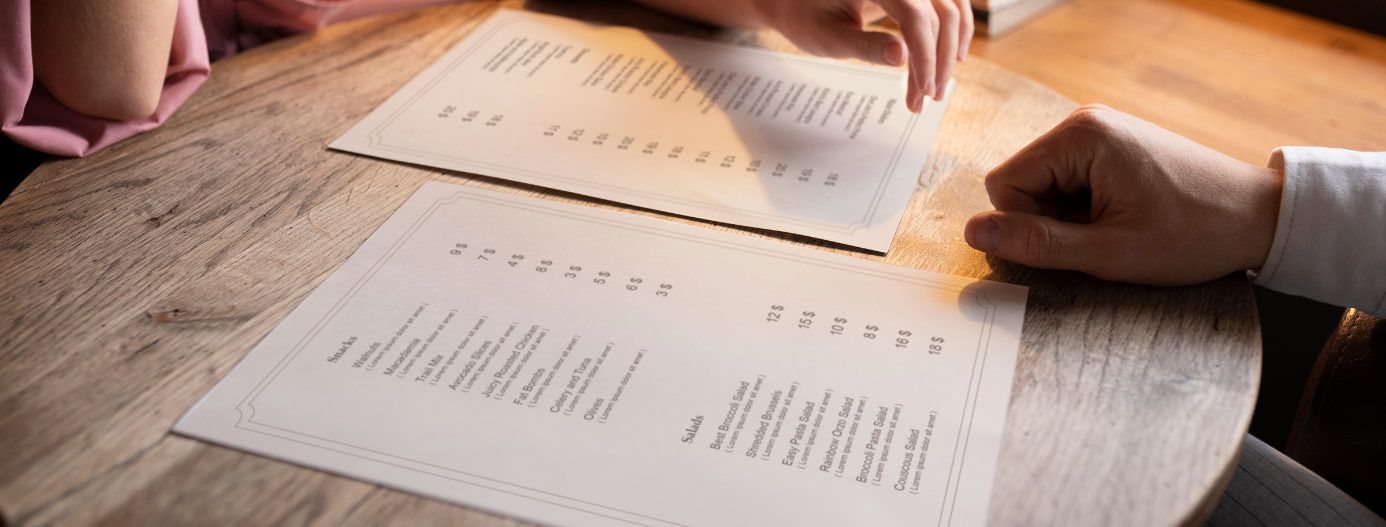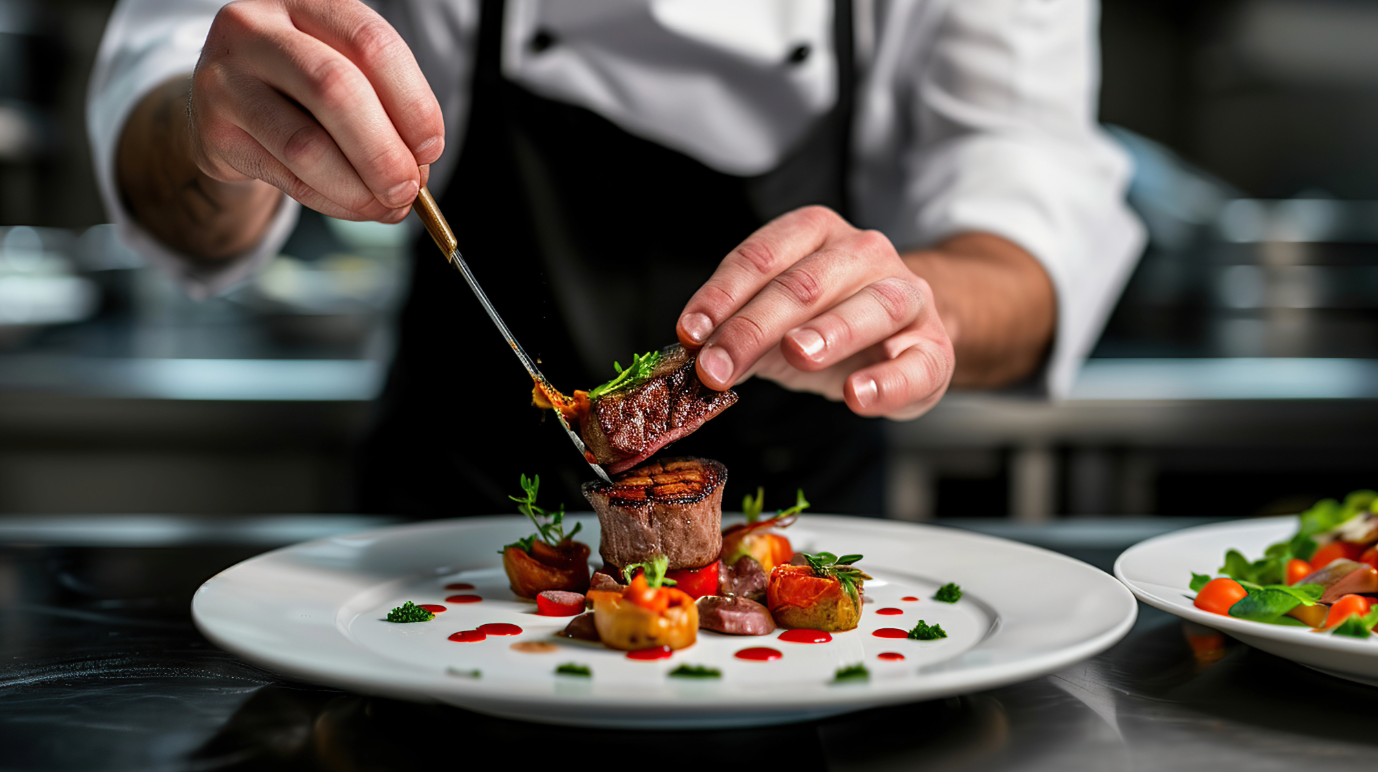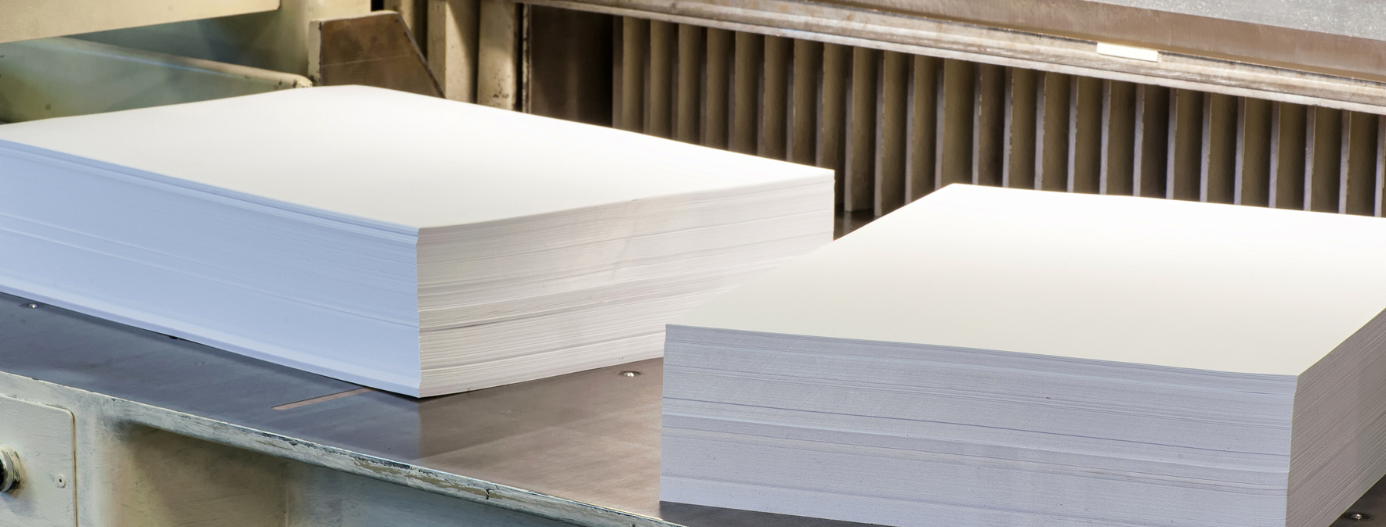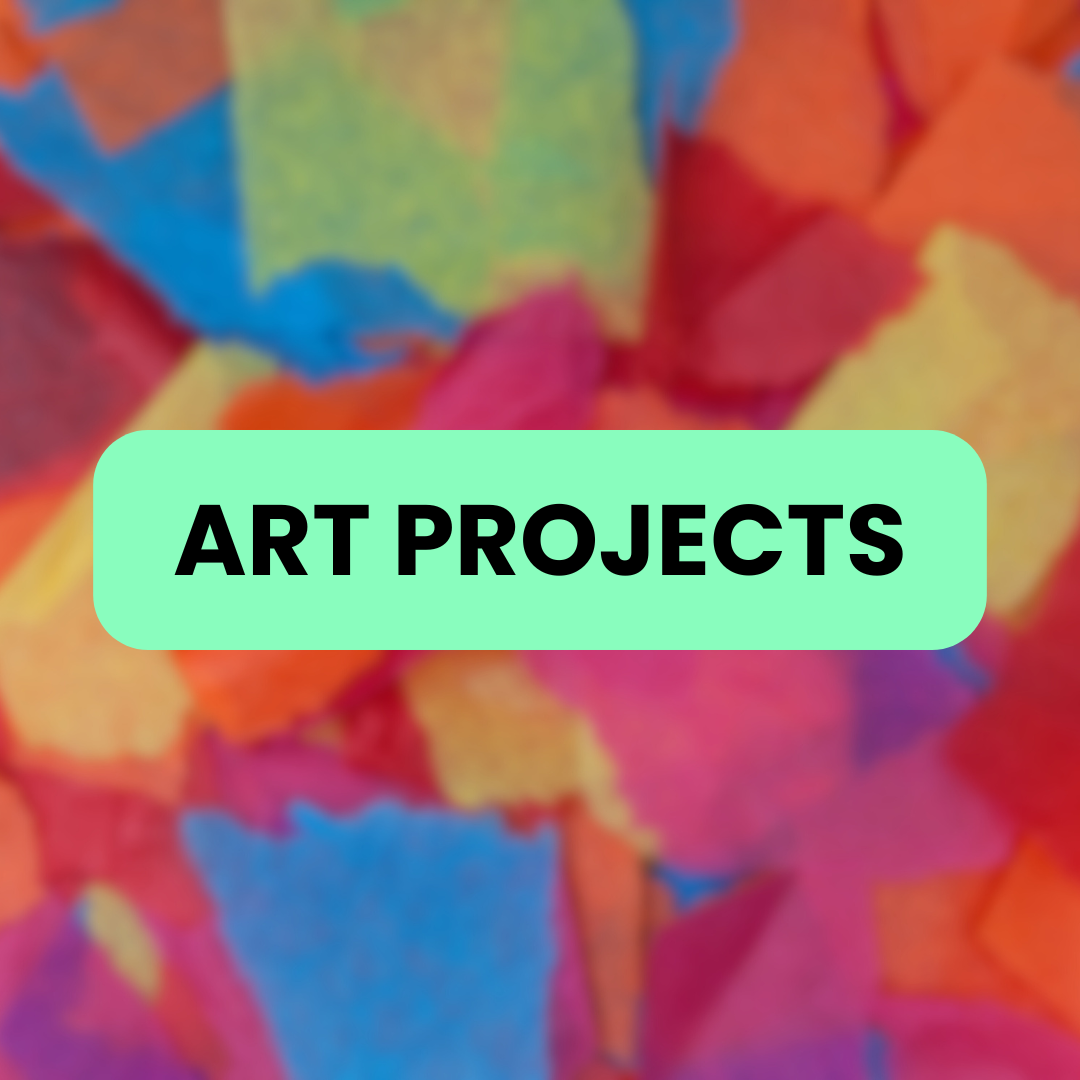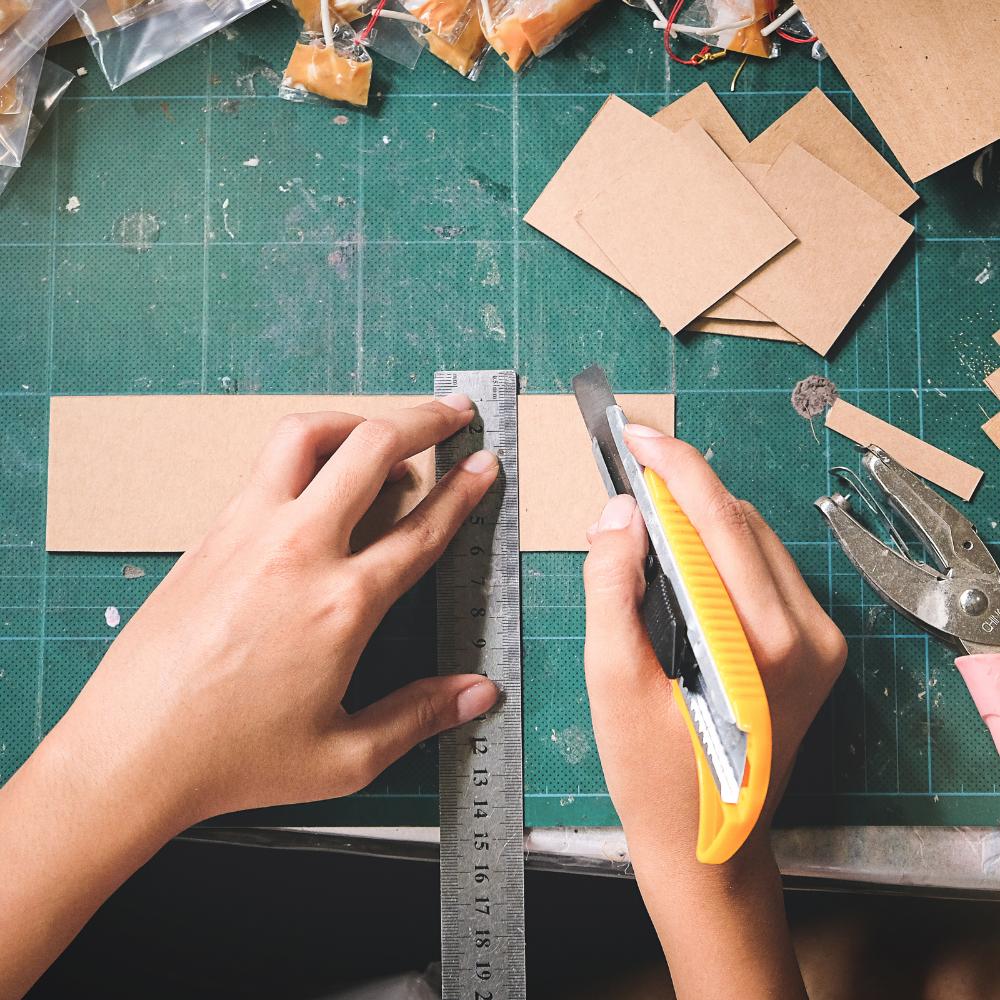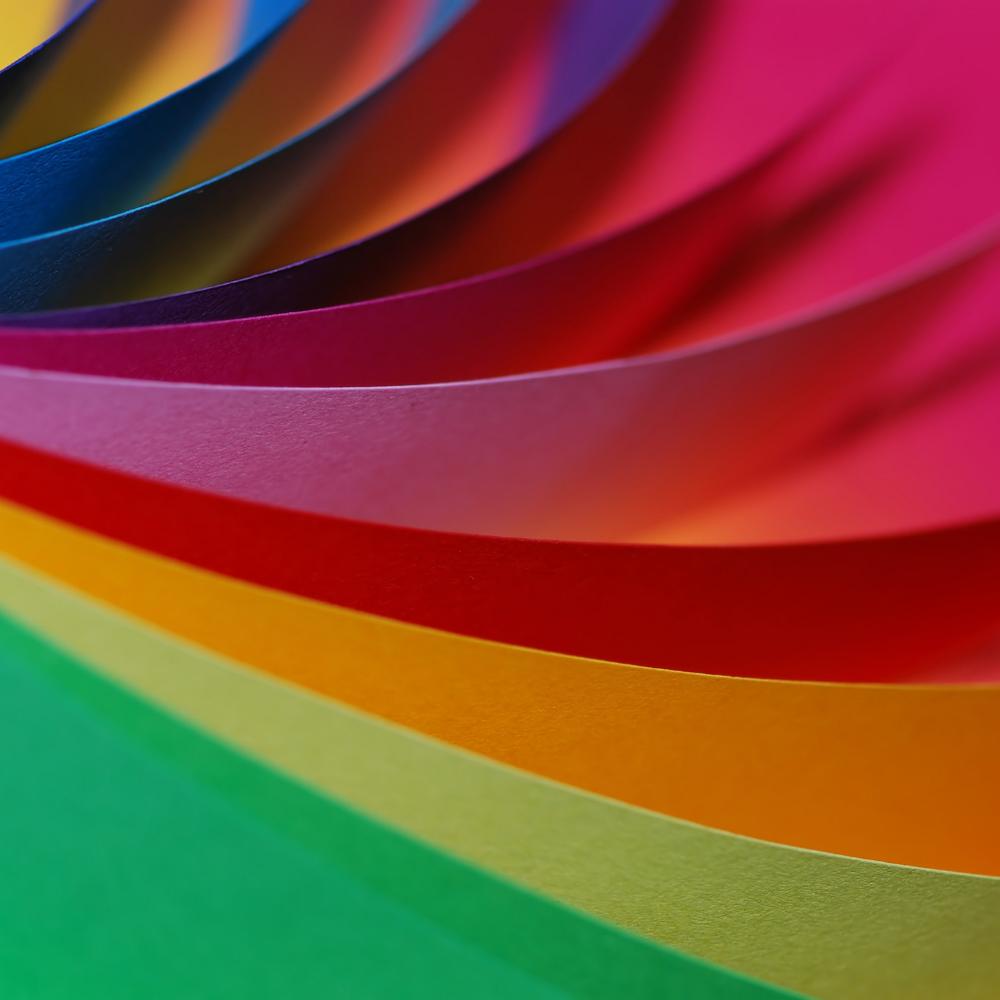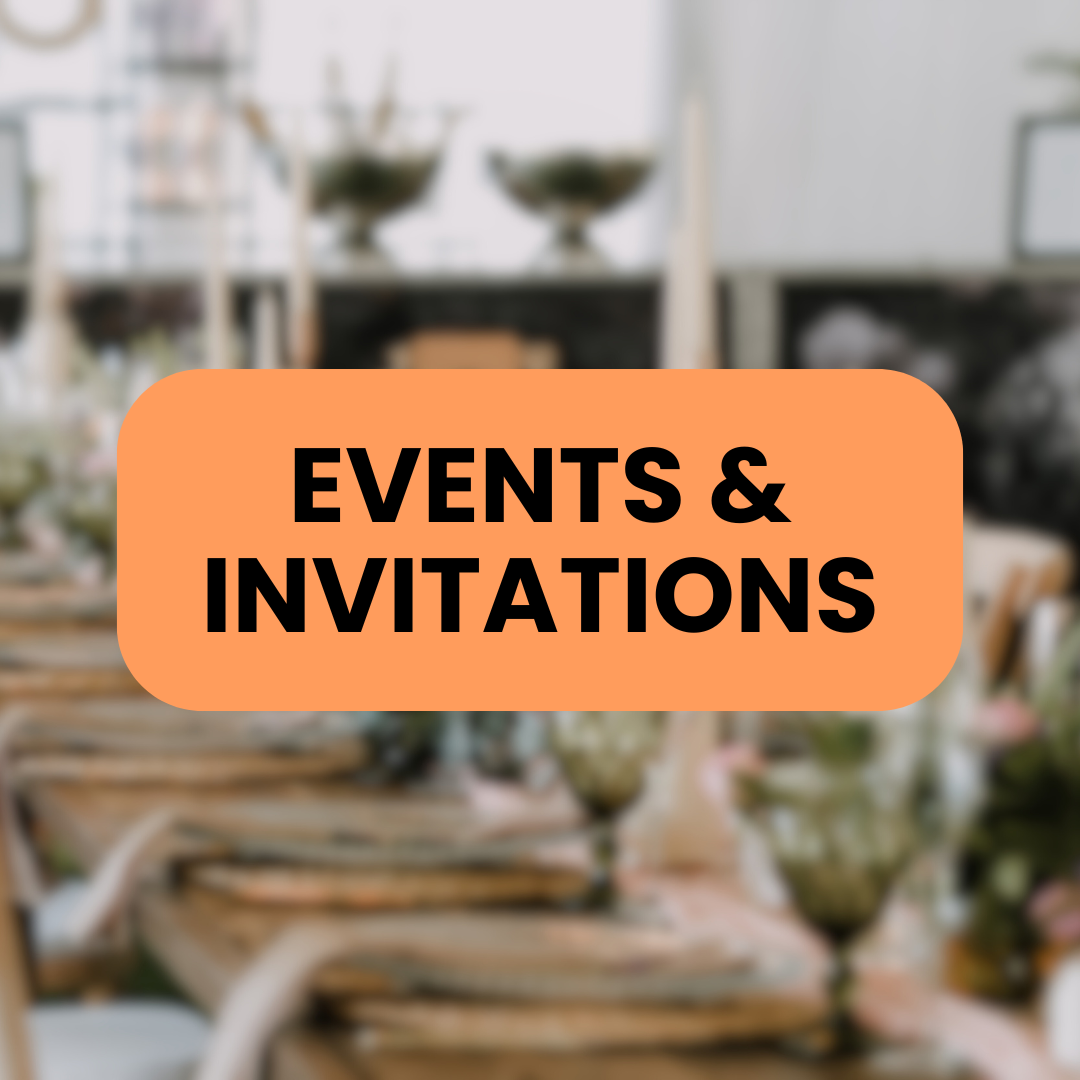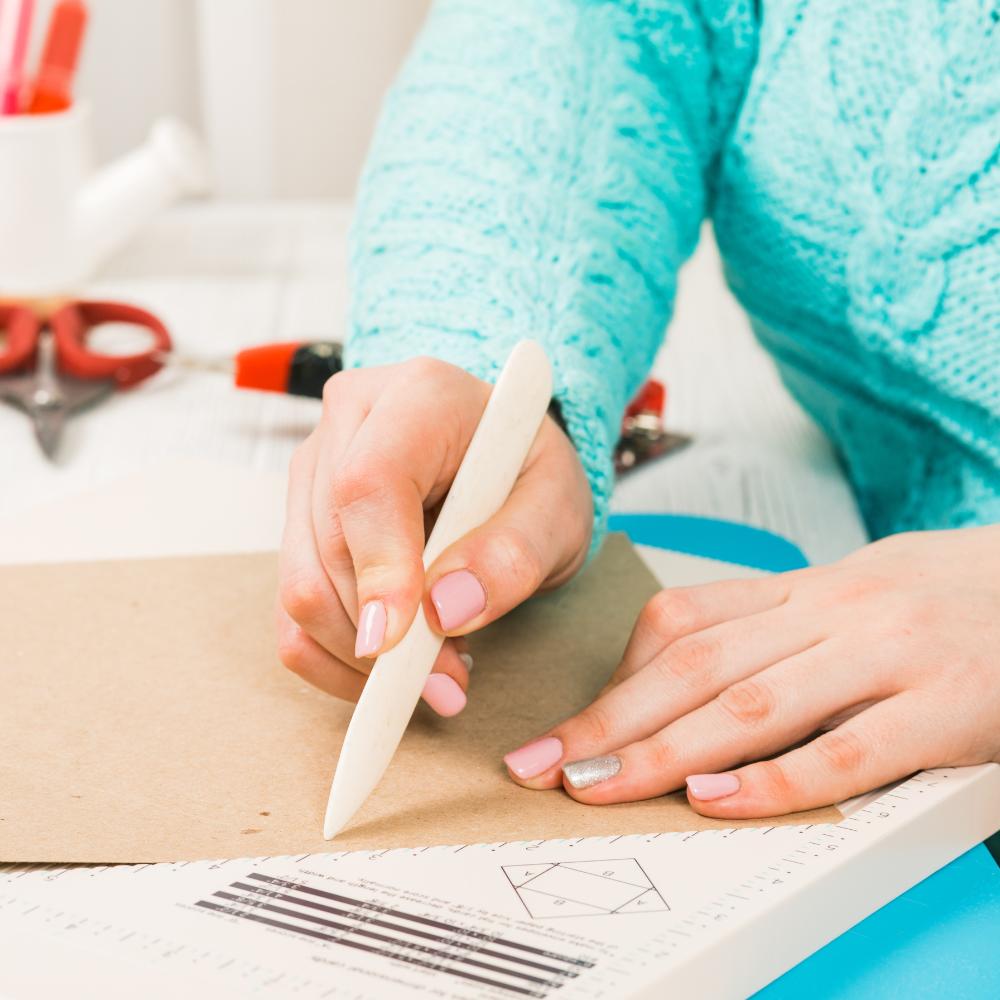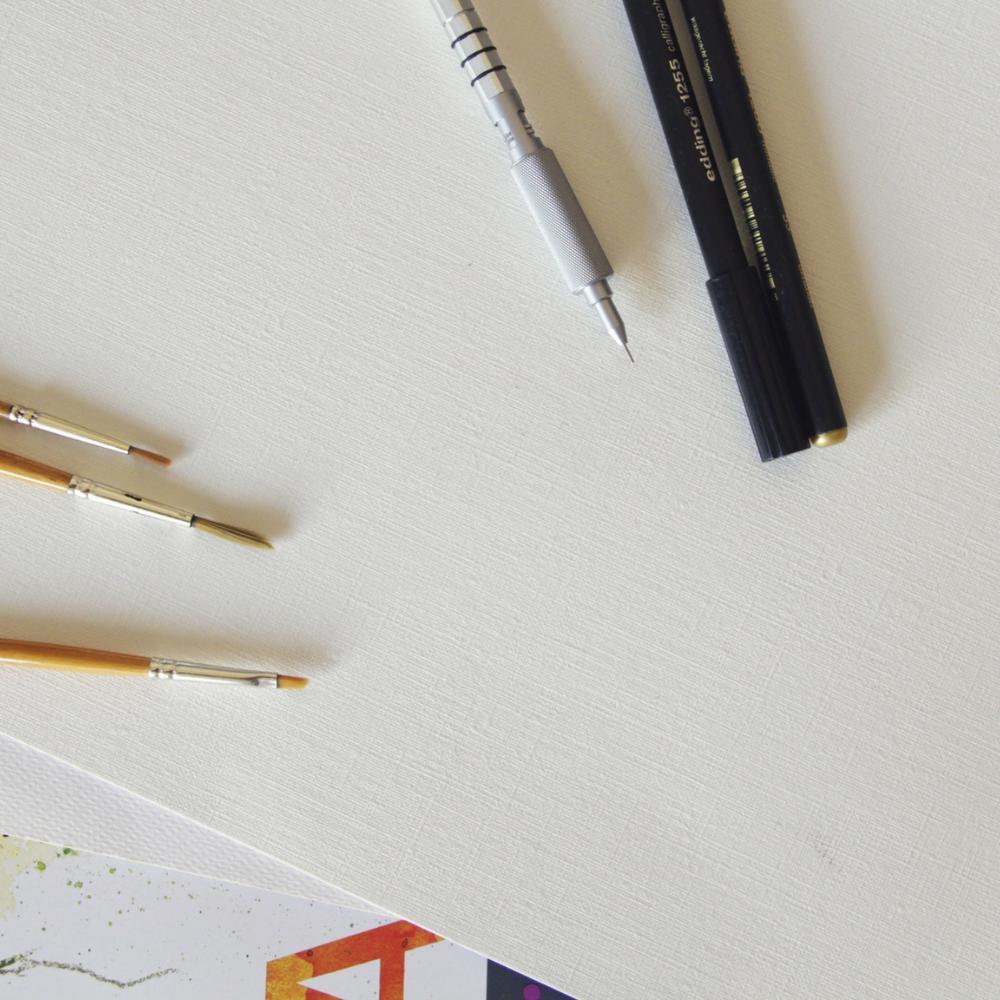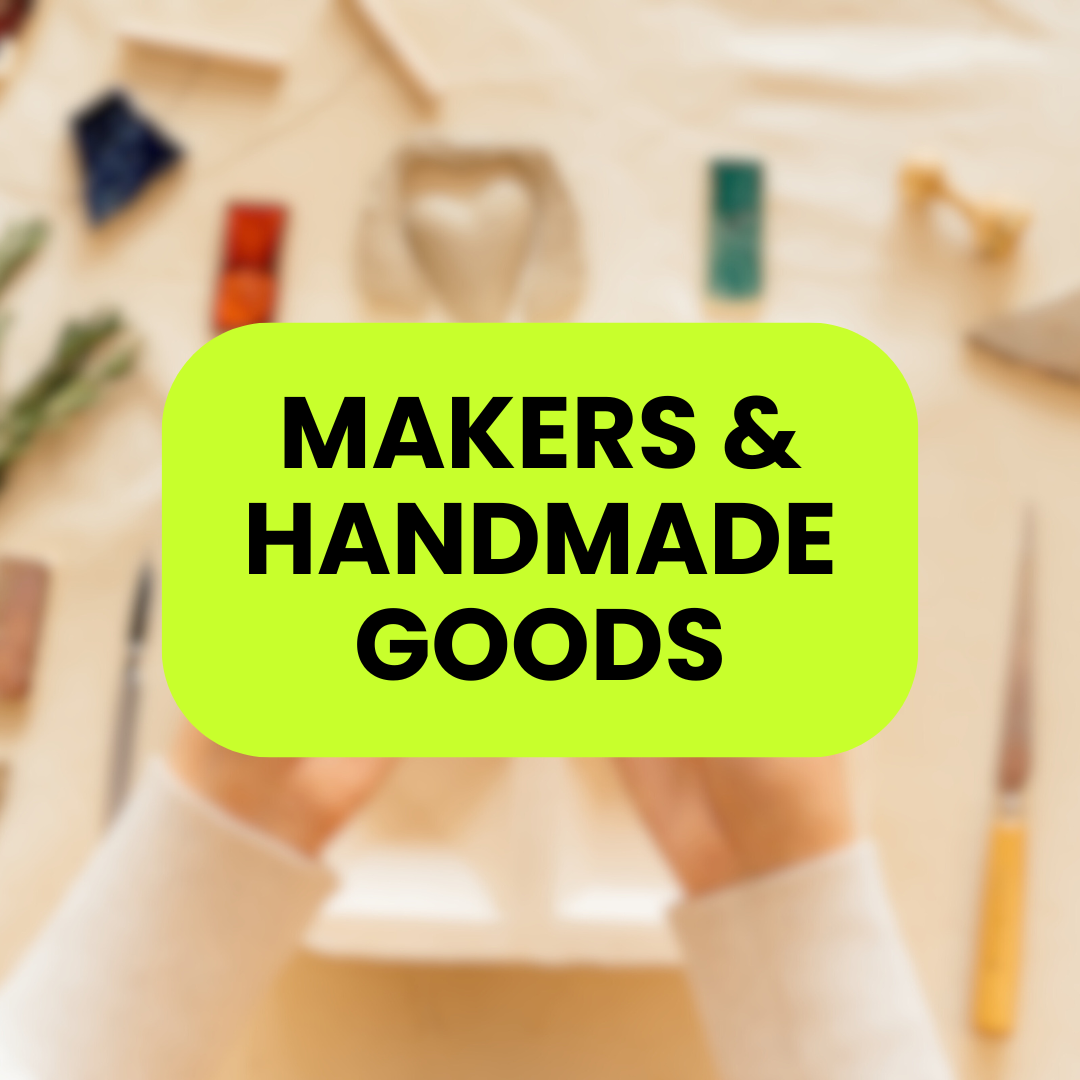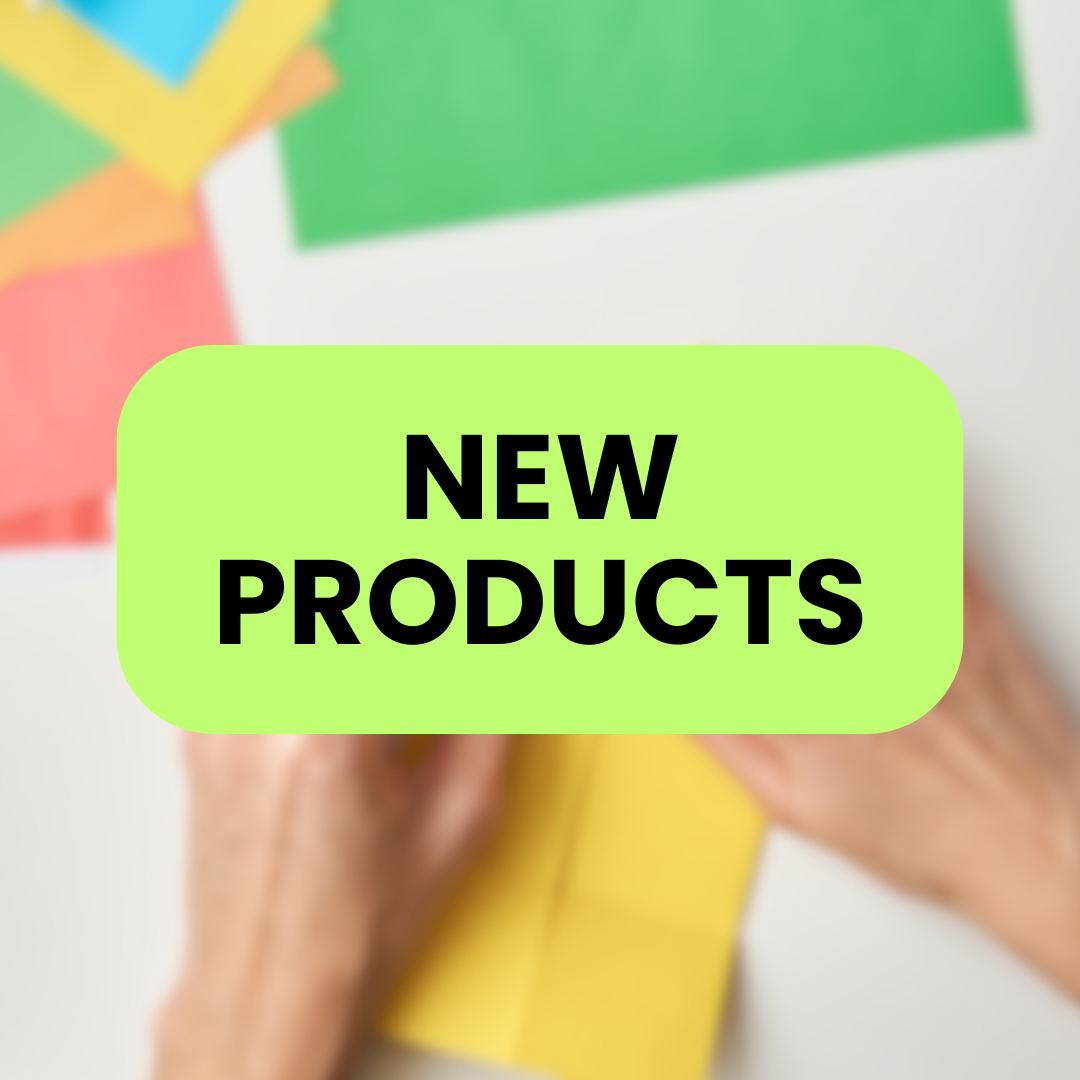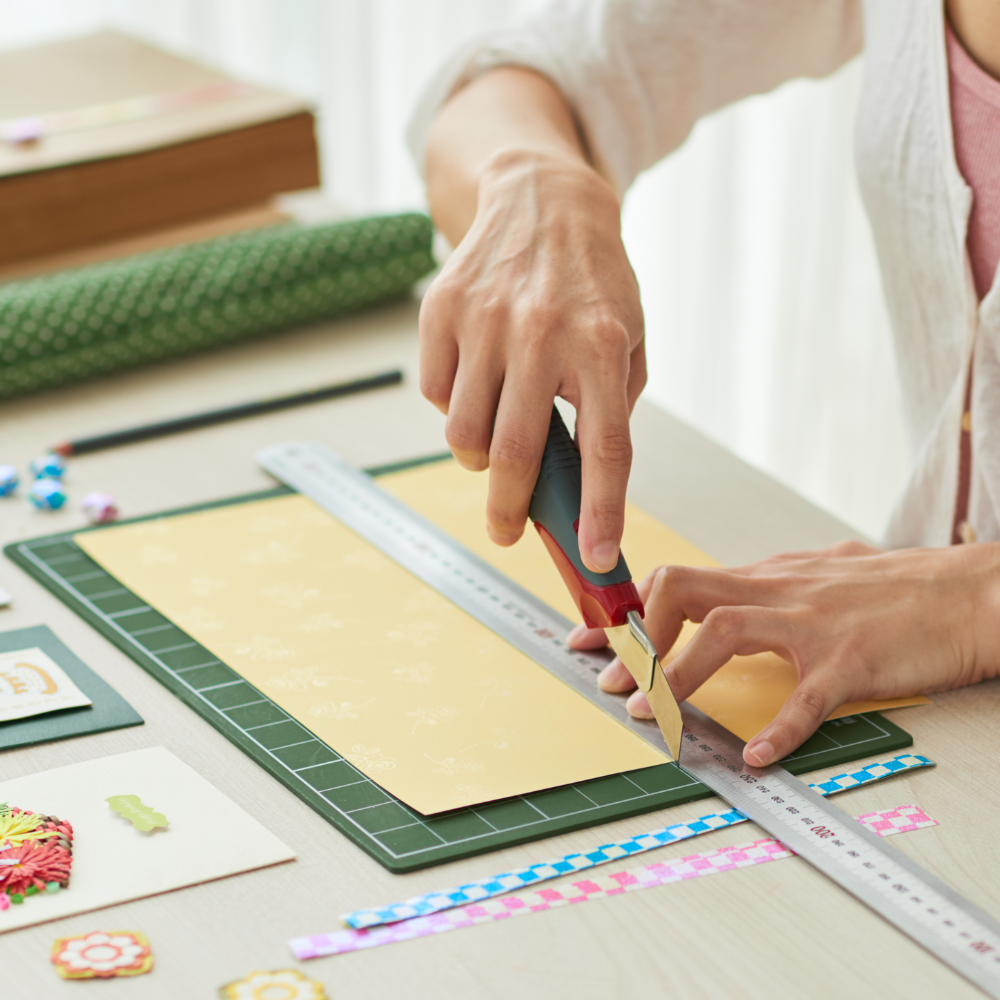Know Your Paper Finish in 2021.
One of the upsides of knowing a lot of paper types is that you can choose the best kind for your art. Whether it's watercolor painting, photography or printing graphics, artists may be one of the few people who are always using different kinds of paper for different kinds of mediums, effects, colors or sketches for their art projects. Even when it comes to printing invitations or something as small as business cards, your choice of paper can affect the quality of prints and overall end product.
If you are struggling to choose the right kind of paper for your next project, read on for some guidance.
Here we will walk you through 4 basic textures that can categorize most kinds of papers and help you understand their properties and knowing paper surfaces.
Coated paper
As we may have discussed in a previous article, coated paper refers to a kind of paper that has a coating of clay. These papers are usually meant to be durable and withstand rigorous use.
Due to this coating, coated papers can have a variety of finishes ranging from semi-gloss to glossy or matte but at the same time you cannot write with a pen on a coated paper.
Coated papers are excellent at not absorbing ink and preventing it from bleeding into the paper fibers. This means not only are these papers more bright and shiny they are also commonly used for the following purposes.
- Making business cards with sharp images
- Booklets and brochures meant for promotions
- Photo prints or posters with high contrast images
Uncoated paper
Commonly known uncoated paper is parchment paper which is known for its peculiar texture.
Uncoated paper is generally rougher than coated paper which means it tends to absorb ink. For any purpose that you require writing on a paper, you must use uncoated paper.
If you print images over uncoated paper they will look slightly less sharp and softer than images printed on coated paper. Due to its appearance uncoated paper is used for or a lot of things where you need a non-glossy paper as follows:
- Personalized stationery such as letterheads
- Printing books
- Certificates or diplomas
- High-end restaurant menus
Smooth paper
If you find a piece of paper that does not have any raised surfaces, ridges or even watermarks they will fall under the category of smooth papers.
These papers go through minimum or no feathering of ink thus allowing you to write and print on both sides without having to worry about ink visible through the other side.
In addition to that, you can draw finer details on smooth paper using pencils or ink which may not be possible with rough or textured paper.
They are used widely in arts, crafts or even printing for sharp and smooth finish look. Vellum paper at ThunderBolt papers is a common smooth finish paper that has been used for making craft such as:
- Layered greeting cards
- 3D cut out objects for craft
- Printing elegant invites
- Decorating Scrapbooks
Embossed paper
All kinds of paper that have a slightly raised surface opposite to that of a smooth paper finish can be categorized in the embossed group of papers. These uneven ridges over the surface of a paper can not only be clearly seen but also felt to touch.
A common form of embossed paper is linen paper that is known for its texture similar to that of linen fabric. Uneven textured papers are very important in art while using pencil colors, charcoal or chalk for a textured technique of drawing.
Embossed paper can be used for anything that you like but its longevity and durability makes it suitable for many uses:
- Different types of art and sketching
- Currency notes in some countries
- Classy invites or stationery
To conclude, you can use almost any kind of paper for your art, craft or printing projects. Knowing your paper and the different kinds of textures only helps you to explore all your options regarding how the colors will appear along with the clarity of images and subtle surface providing soft edges to your prints.
You can know all this and more only by exploring or even testing all your options in person with the help of samples. Tell us which kind of paper you have decided to use for your next project?


